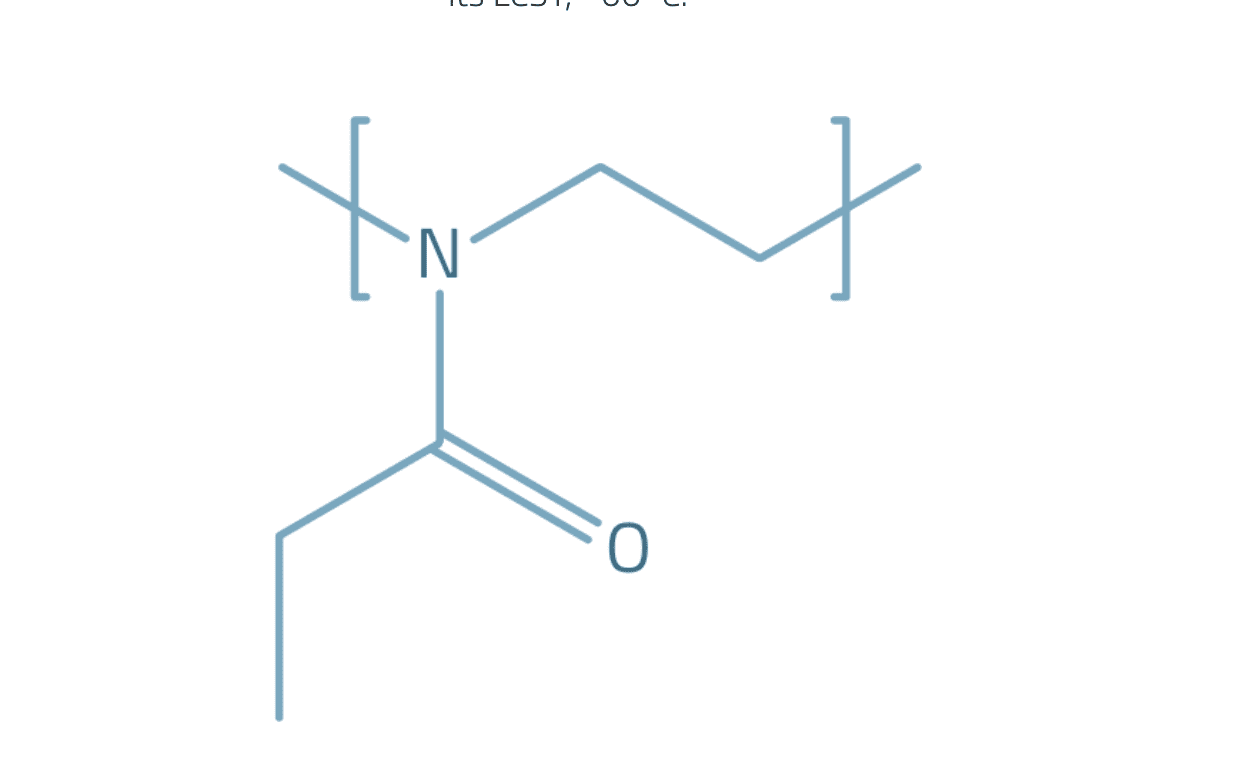When designing solutions for your application, it is important to recognize small differences in the design and methodology used. At Polymer Chemistry Innovations, we provide a large range of product options for you to select from, including both plastic and rubber extrusions. Though these products can sometimes have qualities that are similar, they are in fact very different from each other. They are also not the interchangeable amount of the industry applications you need for them. Knowing the difference can give you insight into what to expect for your needs.
(If you’re seeking specific advice for thermoplastic polymer applications, give our team a call today.)
What Are Rubber Extrusions?
Aside from the material differences, there are method differences between rubber and plastic extrusions. Within the rubber extrusion process, a die is built in the specific shape of the desired cross-section. This die is where rubber will be forced through, creating the desired component. This isn’t an easy process and requires a significant amount of pressure to allow for the rubber to be pliable enough to work in this die. Because it is soft enough, it is possible to create these forms. Once it is in the right shape, the manufacturer will vulcanize the form. This process allows it to solidify into the right shape.
- There are various reasons to use rubber extrusions. Some of the key aspects of this type of extrusion include:
- This process is ideal for applications that require compression set properties.
- This method is also ideal when the product needs to be exposed to harsh environments.
- It works well in high-temperature settings.
- This type of extrusion is also beneficial when components will be in constant or long-term motion.
Manufacturers can also incorporate silicone into the performance process, allowing for the rubber’s performance to be a bit more durable.
There are many benefits to using rubber extrusions, including the simple fact that it is hard to tear and very durable even under high-stress situations. Because it is also very strong, it can last for a long time, minimizing costs and improving overall functionality.
Rubber extrusions work well in various industries including:
- Automotive and trucking
- Outdoor power equipment
- Construction material
- Concrete pipes and other roadway uses
- Industrial applications
In these environments, the rubber is effective as it helps to grip components together, keeping them locked or in place. It can also help to enhance the functionality and reduce friction with concrete, making it highly versatile in these environments.
What Are Plastic Extrusions?
Plastic, of course, is a bit different. It is extruded in a different manner from the above-described process for rubber. Instead, the plastic is melted. Once it is in this semi-liquid state, it is then forced through the die to create the ideal shape. Then, the hot plastic cools down rapidly. This allows it to maintain the shape. Once it cools properly, it is then sliced to the desired length or specifications for that item. Plastic, then, provides for far more uses and it is far more flexible to meet more demanding application needs.
A key difference between rubber and plastic is recyclability. It is very difficult for rubber to ever be used again. That’s because it tends to retain its shape even after it is put into extreme heat situations. Plastic, on the other hand, can be heated up and melted down. This allows the plastic to be used in virtually any new shape.
While this ability to melt is a good thing from the perspective of recycling, it doesn’t bode well for uses in high temperatures. That makes it an unsuitable solution for applications requiring rigidity and hardness in harsh environments. In other applications, plastics become ideal because it can be shaped into more ways than rubber can. There are various formulas for building plastics and some provide more versatility than others. This allows for a very sturdy and durable plastic or one that is more malleable. It can be heavy or lightweight as well.
There’s a large number of industry applications for plastics. Everything from window channels to tubing can be done using plastics. It is also heavily used in the medical industry to create numerous sizes and shapes of product. It’s very commonly used in toys where it can be molded into hard-to-break surfaces while remaining lightweight.
Determining a Solution for Your Needs
For those who are looking for options to fit their application, it is best to work with a team that can help you to learn more about the various benefits of either rubber or plastic extrusions. In some situations, either option can be ideal, but that’s not always the case. It’s important to consider the costs associated with the extrusions as well.
If you are looking for high heat applications or harsh circumstances, it is more likely that rubber will work better. It can also handle larger loads with better reliability.
Plastic extrusions work between for applications requiring a stiff product that is still lightweight. It is also better for situations where recycling is important.
You don’t have to make these decisions on your own. If you are in need of an extrusion and you are unsure of the material best suited for your industry or goals, contact our team to learn more. We offer thermoplastic polymer solutions for just about any application. Contact Polymer Chemistry Innovations to learn more about how we can help you.





